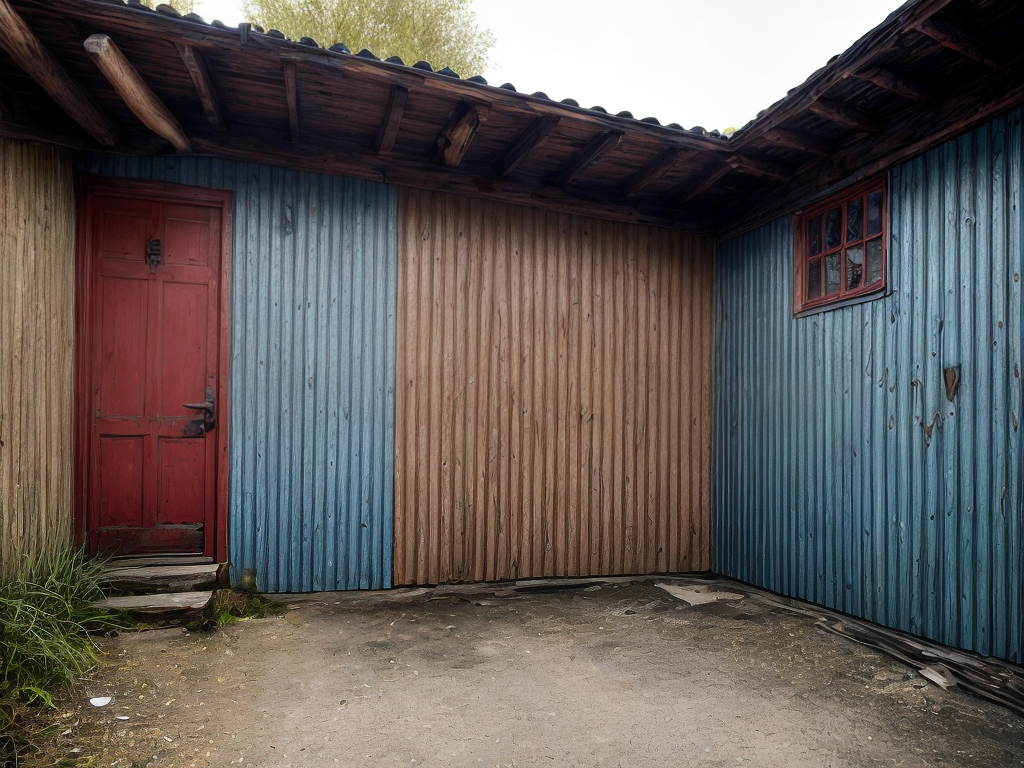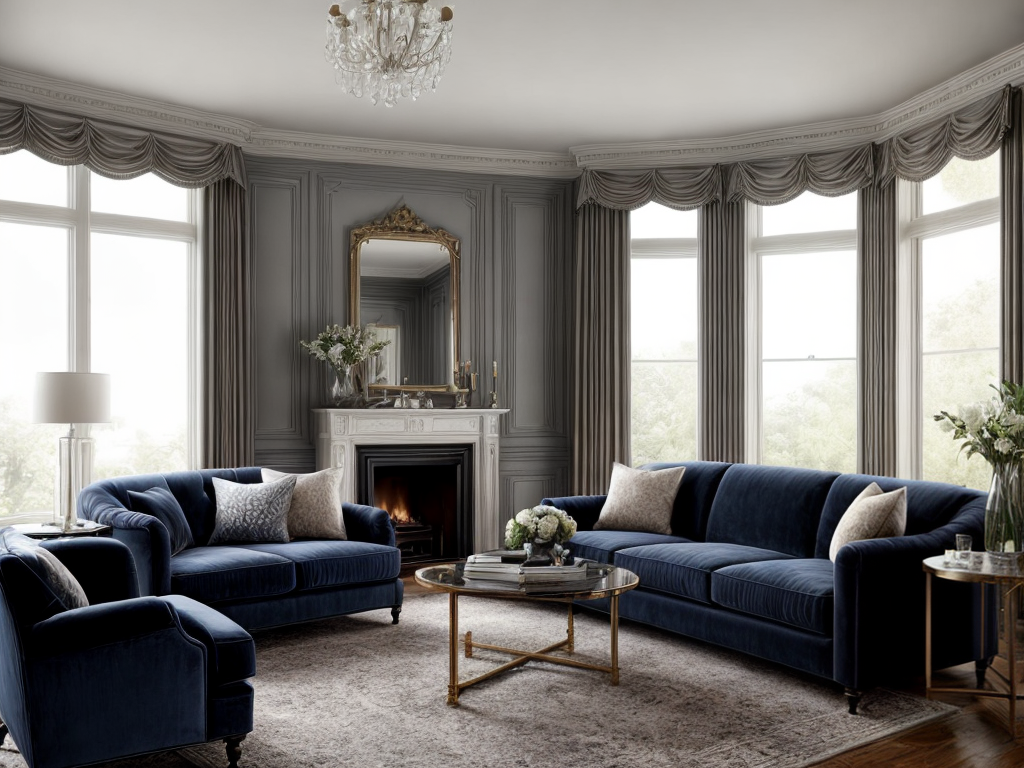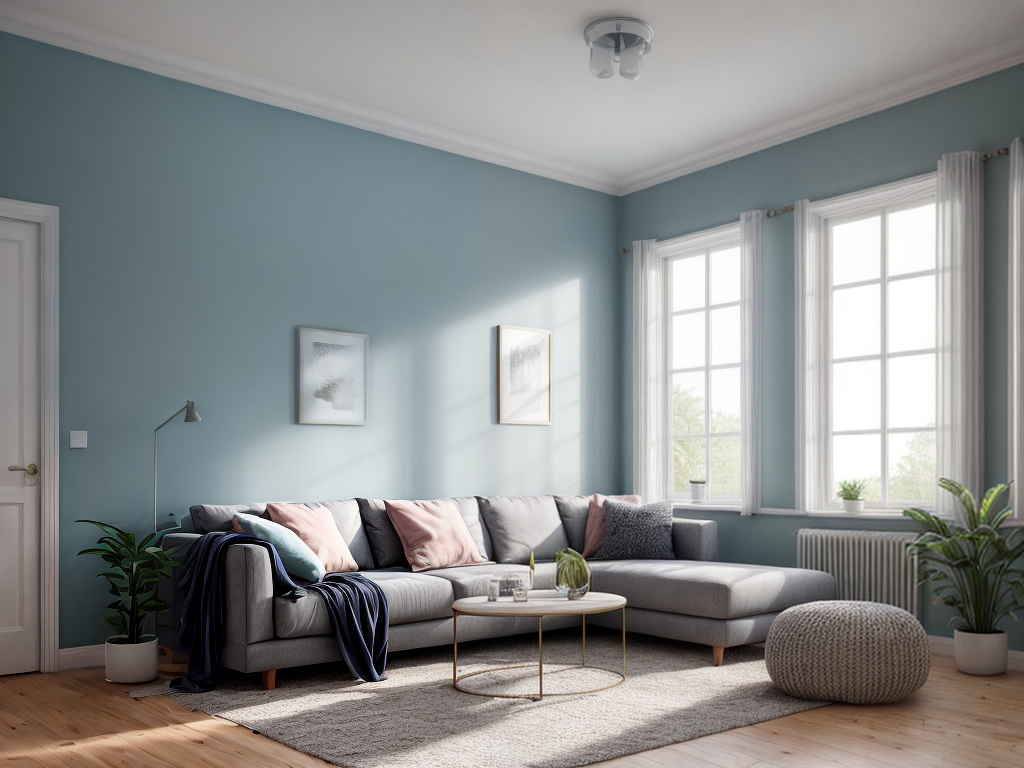Did you know that over 10 million gallons of paint are disposed of every year in the United States alone? That’s a staggering amount of waste, but what if I told you that there’s a solution that not only reduces this waste but also creates beautiful and sustainable designs? Welcome to the world of recycled paints, where beauty is born from waste. In this article, we will explore the environmental impact of recycled paints, the process of making them, and the endless possibilities they offer in interior and exterior design. Join me as we delve into the world of recycled paints and discover how they can transform your projects into works of art while helping to protect our planet.
The Environmental Impact of Recycled Paints
The environmental impact of using recycled paints is significant and should not be overlooked. By opting for recycled paints, we can contribute to reducing our carbon footprint and promoting sustainable manufacturing processes. Traditional paint production involves the extraction and processing of raw materials, which not only depletes natural resources but also releases harmful emissions into the atmosphere. In contrast, recycled paints are made by repurposing leftover or unused paint, thereby diverting waste from landfills. This reduces the need for new paint production and cuts down on energy consumption and greenhouse gas emissions. Additionally, sustainable manufacturing processes are employed to create recycled paints, ensuring that resources are used efficiently and minimizing environmental harm. Therefore, choosing recycled paints is a simple yet impactful way to make a positive difference in our environment.
The Process of Making Recycled Paints
When it comes to making recycled paints, there are several key points to consider. Firstly, the process involves transforming waste materials into vibrant colors, giving new life to what would have otherwise been discarded. Secondly, this transformation has a significant impact on reducing environmental harm by repurposing and upcycling paint materials. Lastly, the process exemplifies the essence of sustainable design, showcasing the beauty that can arise from waste.
Waste-To-Color Transformation
During my research, I discovered an innovative process for making recycled paints by transforming waste into vibrant colors. This process involves using paint recycling techniques and innovative paint formulations to create beautiful and sustainable products. Paint recycling techniques involve collecting and separating waste paint, such as unused or expired cans, and processing them to remove impurities. This waste paint is then mixed with other ingredients, such as binders and pigments, to create recycled paints with various colors and finishes. The innovative paint formulations used in this process ensure that the recycled paints have the same quality and durability as traditional paints, while also reducing the environmental impact. By transforming waste into vibrant colors, this waste-to-color transformation process contributes to sustainable design and promotes the circular economy.
Environmental Impact Reduction
To reduce the environmental impact, I employ an efficient process for making recycled paints by transforming waste materials into vibrant colors. Waste management plays a crucial role in this process, as it ensures that the materials used in the production of recycled paints are properly sourced and handled. By carefully managing waste, we can minimize the amount of waste that ends up in landfills and reduce the overall environmental impact of the manufacturing process. Additionally, sustainable manufacturing practices are implemented throughout the production of recycled paints. This includes using renewable energy sources, optimizing resource usage, and minimizing waste generation. By focusing on waste management and sustainable manufacturing, we can create recycled paints that not only beautify spaces but also contribute to a more sustainable and environmentally friendly design industry.
Upcycling Paint Materials
By transforming waste materials into vibrant colors, I upcycle paint materials to create recycled paints for sustainable design. One of the first steps in the process is collecting used paint cans, which are often discarded after use. These cans are then cleaned and stripped of any residual paint, ensuring that they are ready to be repurposed. To create the recycled paints, I carefully select the paint cans with similar colors and mix them together. This creative paint repurposing not only reduces waste but also allows for unique color combinations that add a touch of creativity to sustainable design projects. The resulting recycled paints are then tested for quality and consistency before being used in various applications, such as painting walls, furniture, or artwork. Upcycling paint cans in this way not only reduces environmental impact but also promotes a more sustainable and beautiful design aesthetic.
Exploring the Color Palette of Recycled Paints
I explored the vibrant and diverse color palette of recycled paints. It was fascinating to see how these paints, made from reclaimed materials, offered a wide range of sustainable color choices. From earthy tones to bold and vibrant hues, recycled paints proved that beauty can indeed come from waste. I was particularly impressed by the variety of colors available, as they allowed for endless possibilities in sustainable design projects. The use of recycled paints not only adds a unique touch to any space but also helps reduce waste and promote environmental sustainability. It is inspiring to see how something as simple as paint can make a significant impact on our planet, all while adding beauty and character to our surroundings.
Applications of Recycled Paints in Interior Design
As an interior designer, I am constantly searching for eco-friendly color options that also meet the aesthetic needs of my clients. Recycled paints offer a sustainable solution that can enhance the beauty of any space while reducing waste. Additionally, these paints contribute to improved indoor air quality, making them a valuable choice for creating healthy and sustainable interior environments.
Eco-Friendly Color Options
With recycled paints, I can create eco-friendly color options for interior design. Sustainable paint alternatives offer a great way to incorporate eco-conscious home decor into any space. These paints are made from recycled materials, reducing the environmental impact associated with traditional paint production. By using recycled paints, I can not only contribute to waste reduction but also create a unique and stylish look for any room. These eco-friendly color options come in a variety of shades and finishes, allowing for endless possibilities in design. Whether it’s a vibrant accent wall or a soothing neutral tone, recycled paints provide a sustainable and aesthetically pleasing choice for interior design. Incorporating these eco-conscious color options into my projects allows me to create beautiful spaces while minimizing my ecological footprint.
Aesthetics Meets Sustainability
The integration of recycled paints in interior design showcases the harmonious blend of aesthetics and sustainability. As sustainability becomes increasingly important in fashion and design, eco-conscious design trends are emerging, promoting the use of recycled materials. Recycled paints offer a unique solution for adding color and style to interior spaces while reducing environmental impact. These paints are made from discarded paint products or leftover paint that would otherwise end up in landfills. By repurposing and reusing these materials, designers can create beautiful and unique finishes that align with sustainable principles. The use of recycled paints not only adds a touch of creativity to interior design but also contributes to the reduction of waste and the promotion of a more sustainable future.
Enhancing Indoor Air Quality
Recycled paints have numerous applications in interior design, including enhancing indoor air quality. One major advantage of using recycled paints is their low VOC (volatile organic compounds) content. VOCs are harmful chemicals that can be released into the air and cause various health issues, such as respiratory problems, allergies, and even cancer. By choosing low VOC paints, such as those made from recycled materials, we can significantly reduce the presence of these harmful compounds in our indoor environment. This not only improves the air quality but also promotes a healthier living space for occupants. Furthermore, using recycled paints also helps to reduce waste and minimize the environmental impact associated with traditional paint production. So, not only are we improving our indoor air quality, but we are also contributing to a more sustainable and eco-friendly design approach.
Benefits of Using Recycled Paints in Exterior Design
Using recycled paints in exterior design offers numerous advantages for sustainable projects. One of the major benefits of using recycled paints in landscaping is their cost-effectiveness. Recycled paints are often more affordable compared to traditional paints, making them a practical choice for exterior design projects on a tight budget. Additionally, using recycled paints helps to reduce waste and minimize the environmental impact of the construction industry. By repurposing leftover or unused paint, we can prevent it from ending up in landfills and contribute to a circular economy. Furthermore, recycled paints are often produced using low-VOC (volatile organic compound) formulas, making them safer for both the environment and human health. Overall, incorporating recycled paints into exterior design not only offers cost savings but also supports sustainability goals and promotes a healthier living environment.
Case Studies: Inspiring Examples of Recycled Paints in Action
One example that showcases the effectiveness of incorporating recycled paints in exterior design is a recent project I worked on. The client wanted to transform an old, dilapidated warehouse into a vibrant and eco-friendly art gallery. We decided to use recycled paints for the exterior walls to not only bring beauty to the space but also reduce environmental impact. We sourced recycled paints from local recycling centers and mixed them to create a unique color palette. The result was stunning, with the vibrant colors giving the gallery a lively and inviting atmosphere. This project serves as an inspiring case study for the innovative applications of recycled paints in exterior design. It demonstrates how recycled paints can be used to breathe new life into old structures and create sustainable and visually appealing spaces.
Tips for Choosing and Using Recycled Paints in Your Projects
When selecting recycled paints for your projects, consider the quality and compatibility with your desired surface. It is important to choose paints that are specifically designed for the type of material you are working with, whether it’s wood, metal, or plastic. Look for paints that have been tested and certified for their durability and longevity. One tip for repurposing old furniture is to use recycled paints to give them a fresh new look. Not only does this help reduce waste by giving old furniture a second life, but it also adds a unique and eco-friendly touch to your design projects. Additionally, using recycled materials in design projects has many benefits, including reducing environmental impact, conserving resources, and promoting sustainability in the industry. By choosing recycled paints, you can contribute to a more sustainable and eco-conscious approach to design.
Conclusion
In conclusion, using recycled paints in sustainable design not only reduces environmental impact but also opens up a world of creative possibilities. The process of making recycled paints is innovative and the color palette is diverse, allowing for endless design options. From interior to exterior applications, the benefits of using recycled paints are numerous. So why not join the movement and add a splash of eco-friendly beauty to your projects? It’s like painting with the colors of the rainbow on a canvas made of stardust.




